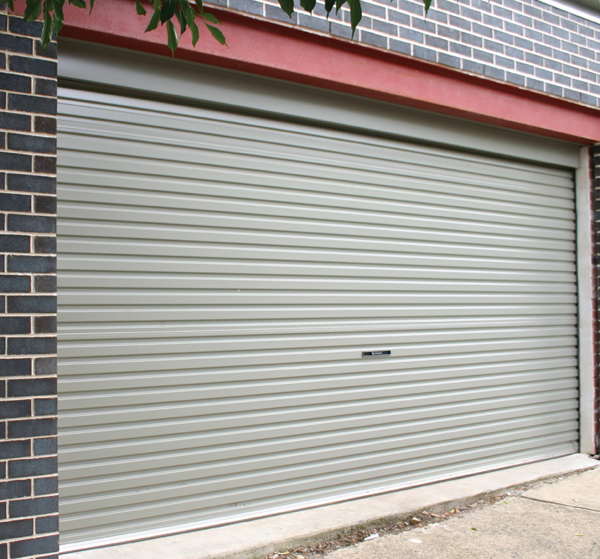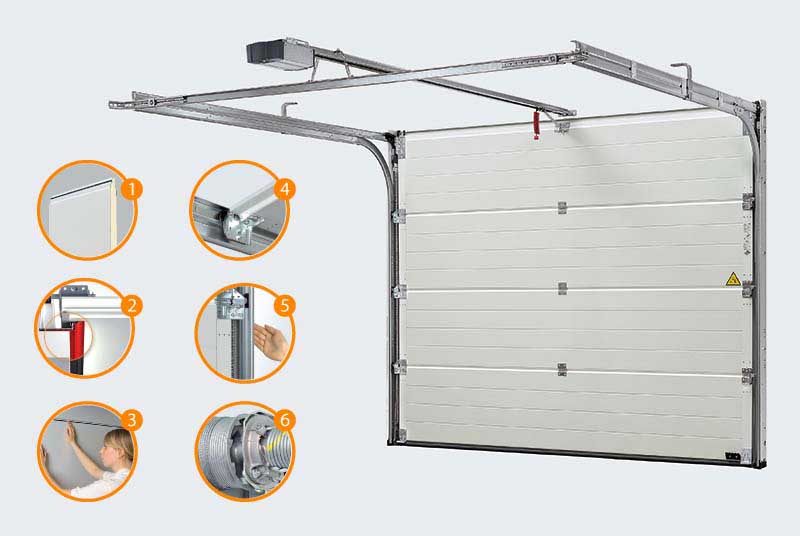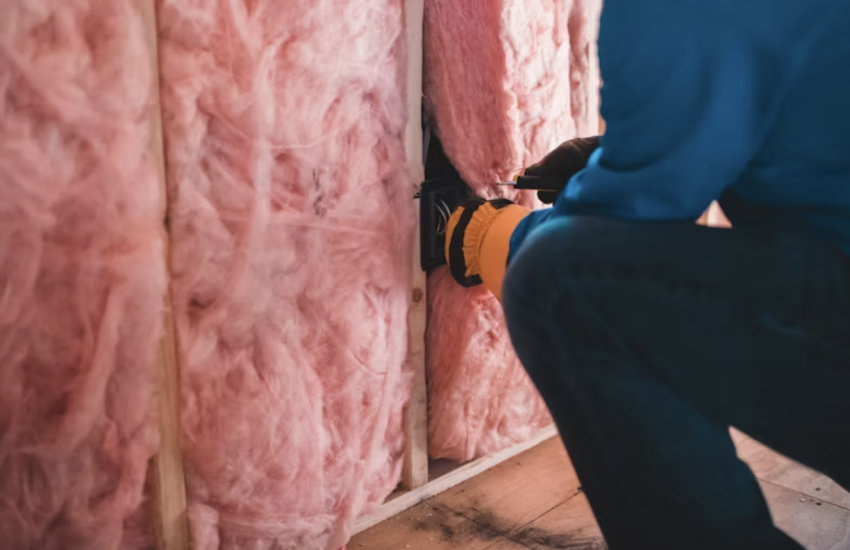A Garage Door Primer
Australian homes typically have double-car and some newer homes triple-car garages with one double and one single door. Before the 1970s, most were detached from and behind their houses. The most common garage door then was the B&D Rolla Door, which is still heavily in use. Since the 1970s most if not all new garages have been attached.
Garage doors open and shut either manually or electrically. Garage doors of single panels tilt up and backward at the ceiling. Larger doors of jointed panels roll up and over the doorway. Wooden, metal, or fiberglass doors may have insulation to conserve heat.
Description
A typical overhead garage door of the past was a one-piece panel mounted on each side with hinge-lifting mechanisms. Later versions of several panels were hinged together along a system of tracks guided by rollers. A remotely-controlled motor opening a garage door weighing hundreds of pounds balanced by either a torsion spring or extension springs is a design for safety, convenience, and security.
Single-Panel Garage Doors
Single-panel doors open by swinging upward and overhead with a hinge on each side. The upswing arc of the door is partially outside the garage. Vehicles must stop several feet before the door so as not to block its movement.

Sectional Garage Doors
Sectional doors of three to eight panels slide up and overhead and occupy the same amount of garage space as do single-panel doors. Sectional doors are superior to single-panels in two ways:
- Sectionals require no outside space to open. Vehicles may park much closer to the garage without blocking the door.
- Each panel of a sectional door connects to the door track for sturdy reliability compared to single-panels with only a few track connections.
Aluminum, copper, glass, steel, vinyl, and wood are the most popular materials for sectional door construction. Some manufacturers insulate the panels.
Garage Roller Doors
Roller doors are usually of corrugated steel and other materials where there is no need for resistance to strong impacts. A typical single-roller door has a preloaded spring for assistance in opening the door. Large roller doors for commercial premises may use pulleys and chains or geared motors to roll them up and down. There is no way to insulate roller doors effectively.

Garage Door Materials
- Aluminum is low-maintenance, rustproof, and lightweight though susceptible to denting and energy-inefficient as aluminum conducts heat quickly.
- Fiberglass and vinyl doors are composites of steel cores under fiberglass or vinyl exteriors. They may have polyurethane insulation. Fiberglass can match steel in durability and simulate wood realistically but may be costlier than steel.
- Steel doors in various sizes and styles are strong and secure, cost-competitive, and optionally insulated. Extra strength from fortifying layers of galvanized steel is available.
- Wooden doors are aesthetically pleasing but need maintenance. Low-priced wooden garage doors are subject to easy warpage and may break.
Insulation
In attached residential garages the insulating ability and the energy-saving efficiency of an insulated garage door can prevent problems from too much or not enough heat. Some manufacturers claim for their garage doors very high insulating values that may be accurate for central sections only. Actual values for the whole door may be a half or a third of those claimed.

Maintenance
Garage door maintenance described in manufacturer’s instructions generally and consists of periodic inspections for correct operation and lubrication and replacement of parts as necessary.
Safety
A garage door with a spring broken or of the wrong strength can fall, causing serious personal injury consequences. Sections and rollers on garage doors are major pinch hazards. Never allow children near moving garage doors. On garage doors operated manually, install handles vertically for better grips.
All modern garage door openers feature force settings that stop and reverse door movement when it encounters resistance. All garage door openers sold in the USA since 1992 must have sensors that prevent them from closing when meeting more than 20 pounds of resistance. Sensors should be no more than six inches above ground level. Certain springs, cables, and spring anchor plates under strong tension can inflict injuries if released from it.
Extension spring systems always need restraint from safety cables that run to solid points at the rear and front of the horizontal door track. Extension springs are hazardous when springs, pulleys, or cables under tension break, launching metal parts suddenly.
Special thanks to Quicklift Garage Doors for expert advice and image credit.


















